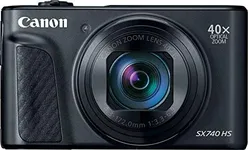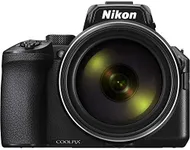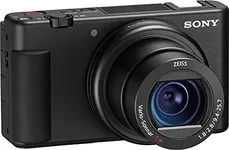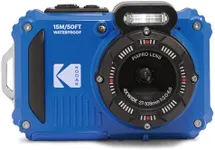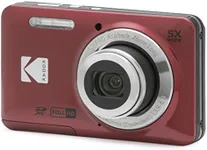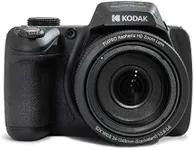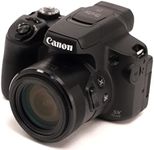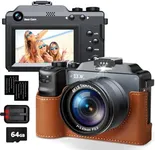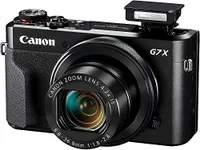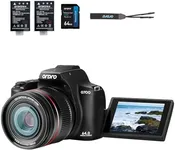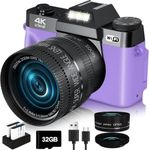Buying Guide for the Best Macro Point And Shoot Cameras
Choosing the right macro point-and-shoot camera can be a rewarding experience, especially if you enjoy capturing close-up details of small subjects like flowers, insects, or intricate textures. These cameras are designed to be user-friendly while offering the ability to take high-quality macro shots. To find the best fit for you, it's important to understand the key specifications and how they align with your needs.MegapixelsMegapixels refer to the resolution of the camera's sensor, which determines the amount of detail the camera can capture. Higher megapixels mean more detail, which is important for macro photography where fine details are crucial. Cameras typically range from around 12 to 20 megapixels. For most macro photography needs, a camera with 16-20 megapixels is sufficient, providing a good balance between detail and file size.
Lens QualityThe quality of the lens is crucial for macro photography as it affects the sharpness and clarity of your images. Look for cameras with high-quality glass lenses and good optical coatings. Some cameras come with specialized macro lenses that allow you to get very close to your subject. If you plan to take extreme close-ups, a camera with a dedicated macro mode or lens is ideal.
Minimum Focus DistanceMinimum focus distance is the shortest distance at which the camera can focus on a subject. For macro photography, a shorter minimum focus distance is better as it allows you to get closer to your subject and capture more detail. Look for cameras with a minimum focus distance of 1-5 cm for the best macro performance.
Image StabilizationImage stabilization helps reduce blur caused by camera shake, which is especially important in macro photography where even small movements can affect image sharpness. Optical image stabilization is generally more effective than digital stabilization. If you often shoot handheld, a camera with good image stabilization will help you achieve sharper images.
Aperture RangeThe aperture range of a camera lens affects the depth of field and the amount of light that reaches the sensor. A wider aperture (lower f-number) allows more light and creates a shallow depth of field, which can help isolate your subject from the background. For macro photography, an aperture range of f/2.8 to f/8 is typically ideal, giving you flexibility in different lighting conditions and creative control over depth of field.
Sensor SizeSensor size affects the camera's ability to capture light and detail. Larger sensors generally produce better image quality, especially in low light. Common sensor sizes in point-and-shoot cameras include 1/2.3-inch, 1-inch, and APS-C. For macro photography, a 1-inch sensor is a good balance between portability and image quality, offering better performance than smaller sensors without the bulk of larger ones.
Manual ControlsManual controls allow you to adjust settings like aperture, shutter speed, and ISO, giving you more creative control over your photos. This is particularly useful in macro photography where precise control over these settings can help you achieve the desired effect. If you enjoy experimenting with different settings, look for a camera that offers comprehensive manual controls.
LCD ScreenA high-quality LCD screen helps you compose and review your shots more accurately. Look for cameras with a bright, high-resolution screen that is easy to see in various lighting conditions. Some cameras also offer tilting or articulating screens, which can be very helpful for shooting at different angles, especially when photographing subjects close to the ground.
Battery LifeBattery life is important if you plan to spend a lot of time shooting in the field. Macro photography can be time-consuming, and you don't want to run out of power in the middle of a shoot. Look for cameras with long battery life or the option to use external battery packs. If you often shoot for extended periods, consider carrying a spare battery.

